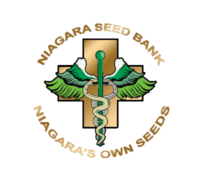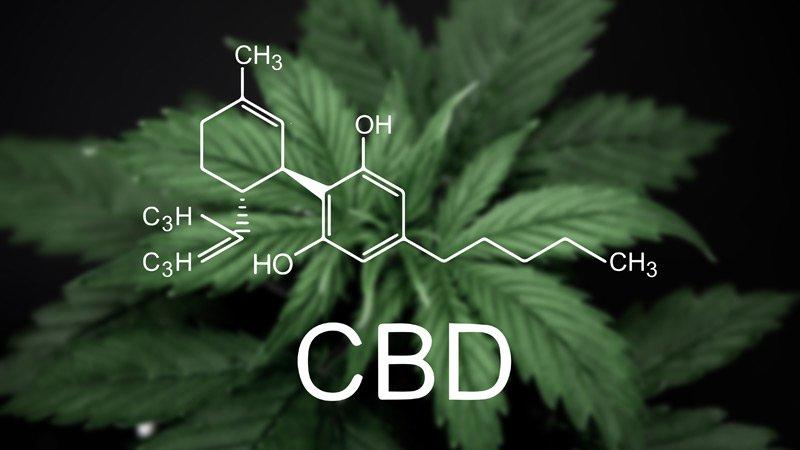Cannabidiol, or CBD, and delta-9-tetrahydrocannabinol, or THC, are two of many different cannabinoids present in marijuana. When in the body, CBD and THC interact with cannabinoid receptors to help treat or limit the effects of various conditions.
There are hundreds of cannabinoid receptors throughout the human body that cause specific physiological effects.
Potential uses of these cannabinoids include treating the following:
- pain
- nausea
- cancer
- appetite loss and eating disorders
- Alzheimer’s disease
- glaucoma
- multiple sclerosis
- muscle spasms
The most notable difference between CBD and THC is the lack of psychoactive effects for CBD, which does not typically cause the characteristic marijuana high of THC.
In this article, we explain more about the differences between CBD and THC.
The Differences
Though CBD and THC are both found in marijuana and interact with the endocannabinoid system, there are some important differences a person should be aware of:
Getting high
Despite both being cannabinoids, CBD and THC interact with slightly different receptors in a person’s brain. As a result, CBD is unlikely to get an individual high. On the other hand, THC produces the high people associate with using marijuana recreationally. Medical marijuana that is CBD dominant has minimal THC. As a result, a person will not feel high when taking the medication. Medical marijuana that contains THC will cause the person to experience a high when taking the medicine.
Where do they come from
Both CBD and THC are present in marijuana. However, when a person takes a CBD dominant version of medical marijuana, they are using CBD from hemp, which is closely related to marijuana. THC originates in the marijuana plant, and people extract it from that source.
Benefits
CBD and THC have similar effects for treating medical conditions. However, there is some variation in the uses of each substance.
People typically use CBD to help treat the following:
- inflammatory bowel disease
- seizures
- depression
- inflammation
- psychosis or mental disorders
- migraines
THC has potential uses in treating some of the following:
- glaucoma
- muscle spasticity
- low appetite
- insomnia
People may use either to help treat:
- pain
- anxiety
- nausea
Side Effects
- dry mouth
- red eyes
- slower than average response times
- a general feeling of being high
- memory loss
- issues with coordination
- increased heart rate
Teenagers, in particular, may experience adverse psychiatric effects from getting high. This may be because a teenager’s brain is still developing. According to some research, regular or large doses of THC can increase the risk of developing schizophrenia in some people with a predisposition for the condition. Neither CBD nor THC has any apparent side effects that are serious. Neither can be fatal when taken correctly. Also, people who use THC recreationally appear to have little risk of developing an addiction to it.
Ways to Take Each
Many people choose to smoke or vape marijuana or CBD, but this may not be possible for people with certain conditions.
CBD is available in a variety of forms. These include:
- gels
- supplements
- gummies
- oils
THC can also come in different forms, including:
- smokable products
- oils
- tinctures
- edibles, such as brownies
- capsules
Take away
CBD and THC are both cannabinoids found in marijuana. Though similar in what they may help treat, the most important difference is that THC will cause a person to experience a high while CBD will not.


